Swanson, E.
Plastic and Reconstructive Surgery – Global Open, December 2014 – Volume 2 – Issue 12 – p e281
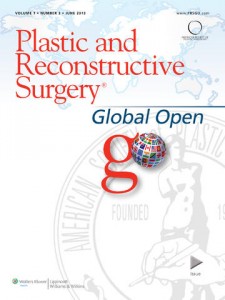 Breast reduction is well-known to provide an improvement in physical symptoms. However, measurements show that this procedure is less effective in restoring upper-pole fullness. Breast implants effectively augment the upper pole. This study was undertaken to determine the effectiveness and safety of this treatment combination.
Breast reduction is well-known to provide an improvement in physical symptoms. However, measurements show that this procedure is less effective in restoring upper-pole fullness. Breast implants effectively augment the upper pole. This study was undertaken to determine the effectiveness and safety of this treatment combination.
This retrospective study consists of 3 parts: (1) a clinical study, (2) breast measurements, and (3) an outcome study. Eighty consecutive women undergoing breast reduction (n = 56) or breast reduction plus implants (n = 24) were evaluated. All breast implants were inserted submuscularly.
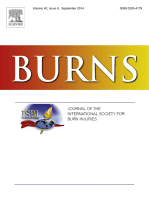 This study was a component of a broader review to evaluate burn care in South Africa. A prospective audit of 353 children with thermal injuries admitted to the Red Cross War Memorial Children’s Hospital in Cape Town was performed during 2012/2013. The audit was based to assess the adherence of initial burn management to the provincial policy guidelines on the clinical management of the burn wound. The community management of each patient prior to admission to a burns centre was assessed for the following: basic demographics, emergency home management, wound cover, analgesia and transport to medical facilities.
This study was a component of a broader review to evaluate burn care in South Africa. A prospective audit of 353 children with thermal injuries admitted to the Red Cross War Memorial Children’s Hospital in Cape Town was performed during 2012/2013. The audit was based to assess the adherence of initial burn management to the provincial policy guidelines on the clinical management of the burn wound. The community management of each patient prior to admission to a burns centre was assessed for the following: basic demographics, emergency home management, wound cover, analgesia and transport to medical facilities.
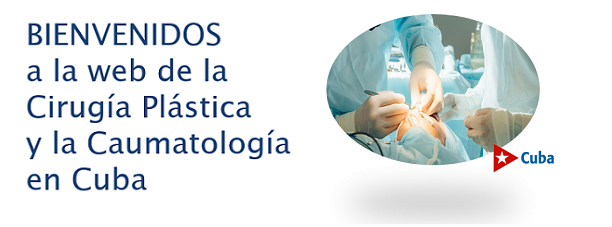
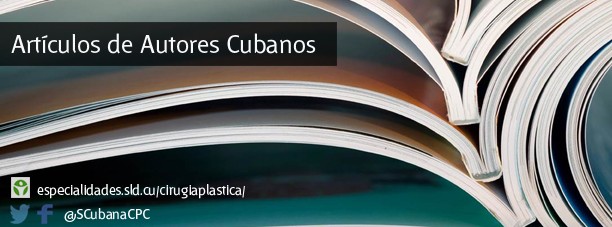
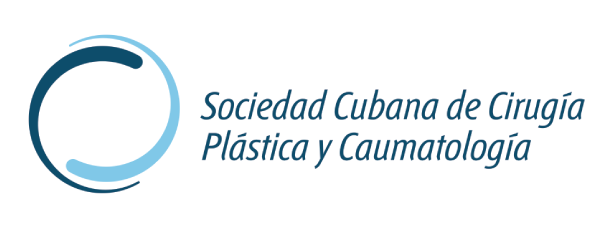
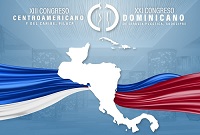
 Sitio web publicado el
Sitio web publicado el
Los lectores comentan